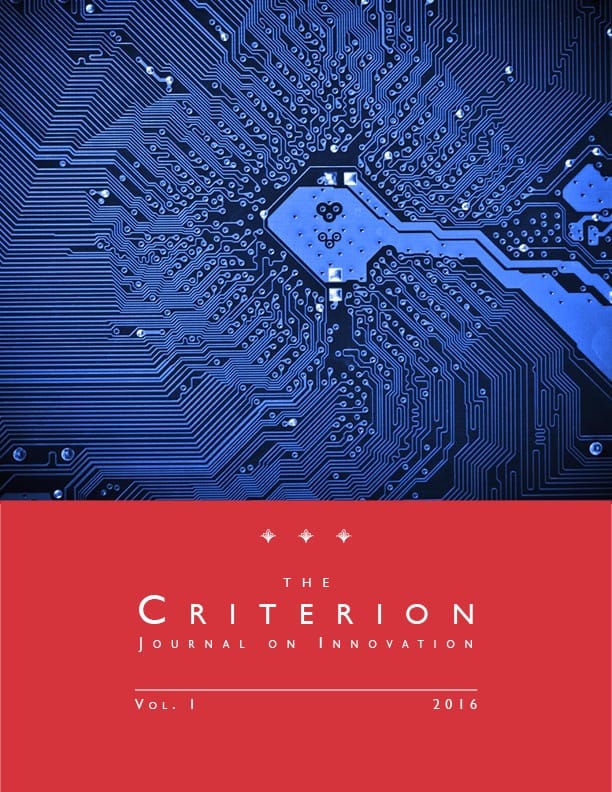Two-Sided Market Definition and Competitive Effects for Credit Cards After United States v. American Express
J. Gregory Sidak & Robert D. Willig
Purchase a reprint version of the Article (Amazon)
|
Read the Article (PDF)
|
Download the Article (PDF)
Download the Article (PDF)
In September 2016, the U.S. Court of Appeals for the Second Circuit issued a decision that recognized and applied important economic principles concerning the antitrust analysis of single-firm conduct in two-sided markets. The Second Circuit reversed a February 2015 decision of the U.S. District Court for the Eastern District of New York that found Amex’s “non-discriminatory provisions” (NDPs), which prohibited merchants from steering customers toward using other credit cards that charge lower merchant fees, unreasonably restrained trade and violated section 1 of the Sherman Act. Specifically, the district court found that the government had shown by a preponderance of the evidence that Amex’s use of NDPs created an environment in which credit-card networks had little incentive to lower merchant fees, which allegedly restricted interbrand competition among those networks. The Second Circuit, however, found that the district court’s analysis focused erroneously on only the merchant side of the market. Consequently, the Second Circuit reversed the district court’s conclusions that Amex possessed significant market power and that its NDPs had an actual adverse effect on competition as a whole. In a two-sided market, network externalities exist between the two sides. The value that a consumer on one side of the market derives from her consumption of the good or service increases as the number of consumers on the other side of the market increases. Hence, the proper definition of a two-sided market must focus on how a hypothetical monopolist’s small but significant and nontransitory increase in price (SSNIP) on one side of the market would affect demand on both sides of the market. Similarly, a two-sided market analysis is necessary to examine the effects that the challenged conduct has on market competition. Examining only one side of the market would necessarily distort the outcome of that analysis and could condemn legitimate business conduct that enhances, rather than decreases, consumer welfare.

Cite as
J. Gregory Sidak & Robert D. Willig, Two-Sided Market Definition and Competitive Effects for Credit Cards After United States v. American Express, 1 Criterion J. on Innovation 1301 (2016).
The late Robert D. Willig (1947–2022) was Professor Emeritus of Economics and Public Affairs at the Woodrow Wilson School and the Economics Department of Princeton University. Before his 38 years teaching at Princeton, Professor Willig was a Supervisor in the Economics Research Department of Bell Laboratories. His teaching and research specialized in industrial organization, the relationship between government and business, and welfare theory. Professor Willig served as Deputy Assistant Attorney General for Economics in the Antitrust Division of the Department of Justice from 1989 to 1991. He authored Welfare Analysis of Policies Affecting Prices and Products (Garland Press 1980), Contestable Markets and the Theory of Industry Structure (with William J. Baumol and John C. Panzar) (Harcourt Brace Jovanovich 2d ed. 1989), and many articles in the American Economic Review, the Bell Journal of Economics, Econometrica, the Harvard Law Review, the Journal of Finance, the Journal of Law & Economics, the Journal of Political Economy, the Quarterly Journal of Economics, the Yale Law Journal, and other journals. Professor Willig was co-editor of The Handbook of Industrial Organization (North Holland Press 1989), and he served on the editorial boards of the American Economic Review, the Journal of Industrial Economics, and the MIT Press Series on Regulation. He was an elected Fellow of the Econometric Society. He received a Ph.D. in economics from Stanford University in 1973, an M.S. in operations research from Stanford in 1968, and an A.B. in mathematics from Harvard University in 1967.
J. Gregory Sidak is the chairman of Criterion Economics. He testifies as an expert economic witness in complex business disputes throughout the Americas, Europe, Asia, and the Pacific, and he has twice served as Judge Richard Posner’s court-appointed neutral economic expert on patent damages. Sidak held the Ronald Coase Professorship of Law and Economics at Tilburg University in The Netherlands and the F.K. Weyerhaeuser Fellowship in Law and Economics at the American Enterprise Institute for Public Policy Research. He has also been a senior lecturer at the Yale School of Management and a visiting professor at Georgetown University Law Center. Sidak received A.B. and A.M. degrees in economics and a J.D. from Stanford University. He was Judge Posner’s first law clerk, served on the senior staff of the Council of Economic Advisers in the Executive Office of the President, and was deputy general counsel of the Federal Communications Commission. Sidak has published six books and roughly 200 articles or book chapters. The Supreme Court of the United States, the Supreme Court of Canada, the European Commission, state supreme courts, the U.S. Courts of Appeals, and many other courts and regulatory bodies have cited his writings approvingly.

